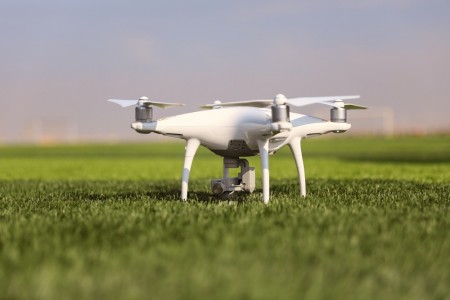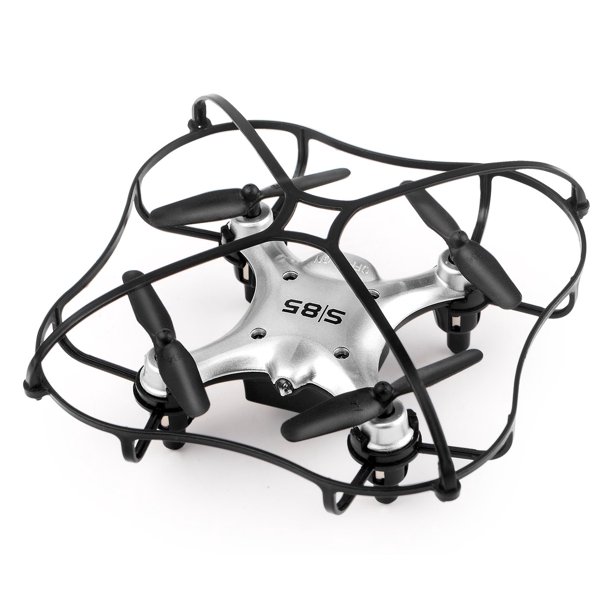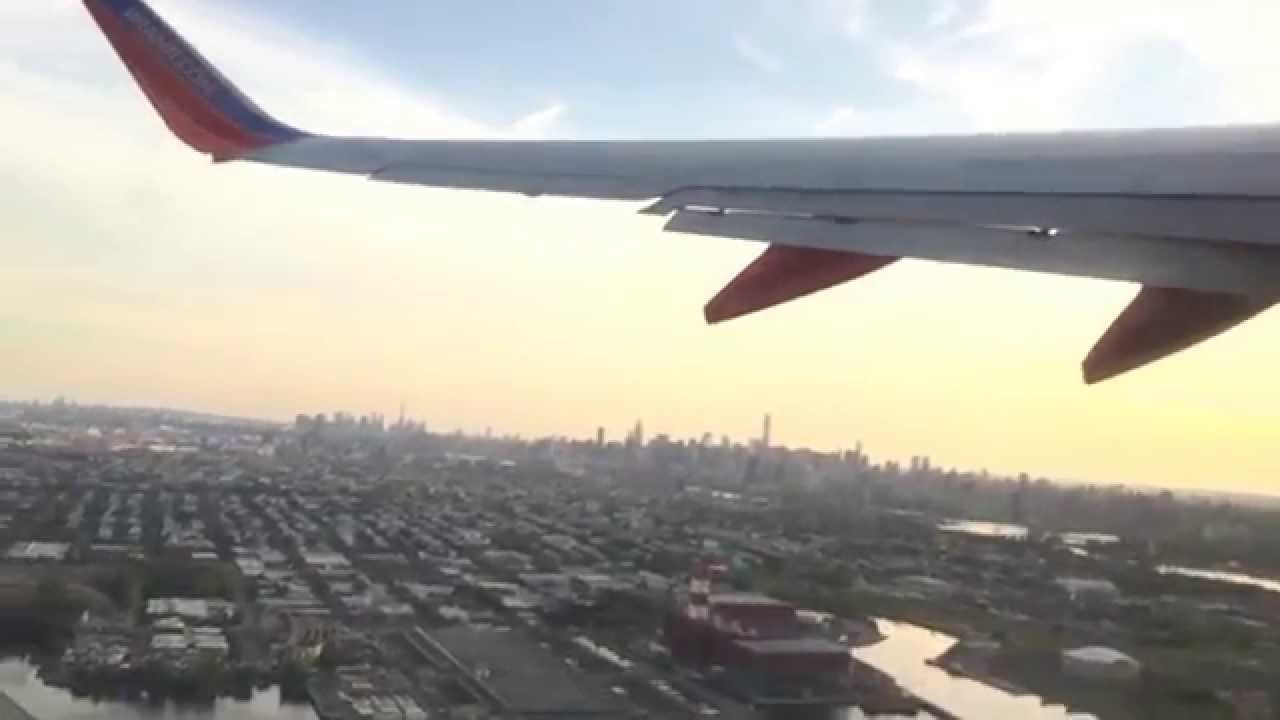
Drone strikes have a lot of implications for counterterrorism policy. But what are the limits to drones of this generation? And what can we expect in the future from them? In the next article, we'll discuss these topics. But first, let's define the two main types of targets that drone strikes should target. What do these categories have to do with counterterrorism policy? Let's begin with defining dissimilar behavior. Defining flocked and grouped behavior in drone targets is important for counterterrorism.
Definition of disparate behavior types in drone targets
You can use a variety control strategies to influence the behavior of multiple drones, including defining disparate or flotted/grouped behaviors. These methods can be useful in many situations and are even more effective than human operator. The idea behind this is to make non-myopic controls decisions that account rewards that lie beyond UAV's event horizon.
Limitations of the current-generation drones
Using drones in war has many benefits, including increased time advantage and discernment of targets, but they also come with limitations. For example, the Royal Air Force drone in Afghanistan recently engaged trucks carrying explosives, killing four Afghan civilians and injuring two others. This mission presented additional risks to the crew and aircraft. These consequences should be carefully considered before using this type of weaponry.

The development of armed drones has coincided with terrorist attacks that have reshaped America. Drones are becoming more sophisticated over time. The "war to terrorism" has extended traditional notions of war, the battlefield, and drones present new difficulties in navigating our legal system, especially when it comes to the spirit or the laws of War. This paper examines the impact of technology on wartime and our understandings of jus adjum and the principles governing warfare.
Counterterrorism policy: Impact of drones
It is possible to target punish terrorists with drones. Drones can provide early warnings and intelligence about the intentions and behavior of adversaries. The drones may help increase detection chances. But, the shooting down of a drone doesn't necessarily lead to an increase in conflict. A targeted attack can lead to increased casualties and an aggressive opponent in many cases.
Drone strikes can often be accompanied by increased fear and apprehension. Drone strikes increase fear of terrorist attacks among citizens. Additionally, the trauma they cause fuels anti American sentiment and encourages recruitment to armed groups. The Islamic State in Iraq and Syria and the al Qaeda network leverage the collateral damage that they incur during U.S. strikes to bolster their recruitment efforts. These effects are called "blowback" because they are a long-term, unintended consequence to today's counterterrorism program.

FAQ
Is it illegal for a drone to be flown?
Flying drones is an offense in certain countries, including Australia, Canada, Germany and Japan. It is legal in countries such as France, Italy Netherlands, Poland and Russia.
Do I require special training to fly a drone
No, you don't need special training to fly your drone. All you need is a remote control unit and some basic knowledge of flight mechanics.
What are the rules for operating drones?
Register your drone with the FAA. The registration process involves providing information about your drone, such as its weight, size, battery power, and frequency. You will also need to get an FAA identification number.
What laws are there regarding drones flying?
The Federal Aviation Administration (FAA), which regulates all aspects drone operations in the United States of America, is responsible for them. To operate a drone commercially, you must first get a certificate from the FAA. Next, you will need to complete a course in flying skills and pass an exam. Final, you will need to pay a fee.
What drone is the best for beginners?
The DJI Phantom 2 Vision+ drone is a popular choice for beginners. This model is equipped with a 4K cam, which allows for high-quality aerial photos as well as videos. This drone is easy to navigate thanks to its GPS system.
How high can you fly a drone without a license?
The FAA does not limit the height of a drone. They do require that you register your unmanned airplane system (UAS), which includes registration number, model number, weight, size and manufacturer's names, as well as other information.
Statistics
- Research and Markets predict a growth rate of 51.1% over the next five years. (thedroneu.com)
- According to Indeed, a drone pilot gets paid $25.73 per hour on average in the US. (dronesgator.com)
- According to industry research from ZipRecruiter , there are 10 cities where the typical salary for a Drone Pilot job is above the national average. (dronesgator.com)
External Links
How To
How to Fly Drones with Beginners
A drone is a remotely-controlled aircraft that is used for aerial photography and surveillance. Drones are a technology that has been around since World War II. DJI's Phantom quadcopters became commercially available in 2010. Since then, there have been many different types of drones available, from beginner-friendly models like the Parrot AR Drone 2.0 to professional-grade multi-rotor craft like the DJI Mavic Pro.
There are many methods to fly a Drone, including
-
Remote control: This uses a remote control device that attaches to your hand and allows you control the drone along its flight path. There are two main types: Joysticks (like a radio), and On/Off switches (like an alarm clock).
-
Manual Control – This allows remote operation of the drone via GPS coordinates using a smartphone application. The app will provide instructions and help you to locate the drone.
-
Autonomous Flight - This method involves leaving the piloting duties to the drone itself. It basically flies autonomously without any human intervention. For the autonomous flight to occur, the drone must have a built-in camera and sensors capable of capturing images and data.
-
Triggered Flight - This method is similar to manual control, except the pilot manually sets up a preprogrammed route, and the drone follows that route until it reaches the endpoint. After the preprogrammed route is complete, the drone will automatically land and return to its base.
-
Landing Gear- Some drones include landing gear that allows for safe landing if the power goes out or they run out of batteries.
-
Goggles - Some pilots wear goggles to protect themselves from debris while operating.
-
Camera - Some drones can be equipped with cameras which enable you to capture photos from the sky.
-
Obstacles. Some drones can have obstacle avoidance technology that stops them from hitting obstacles.
-
Speed – Some drones can reach speeds in excess of 40 mph.
-
Battery Life: Most drones have a battery life of between 20 and 30 minutes depending on how many power sources you use.
-
Some drones have a range of up to 30 miles, depending on their model.
-
Power source - Some drones need an external power source, while others use internal batteries.
-
Weight - Some drones can be as light as 1 pound while others can reach 4 pounds.
-
Size - Drones range from small devices that fit in one's palm to large crafts that weigh more than 50 pounds.
-
Price - High-end drones can go for thousands of dollars, while low-cost models start at $100.